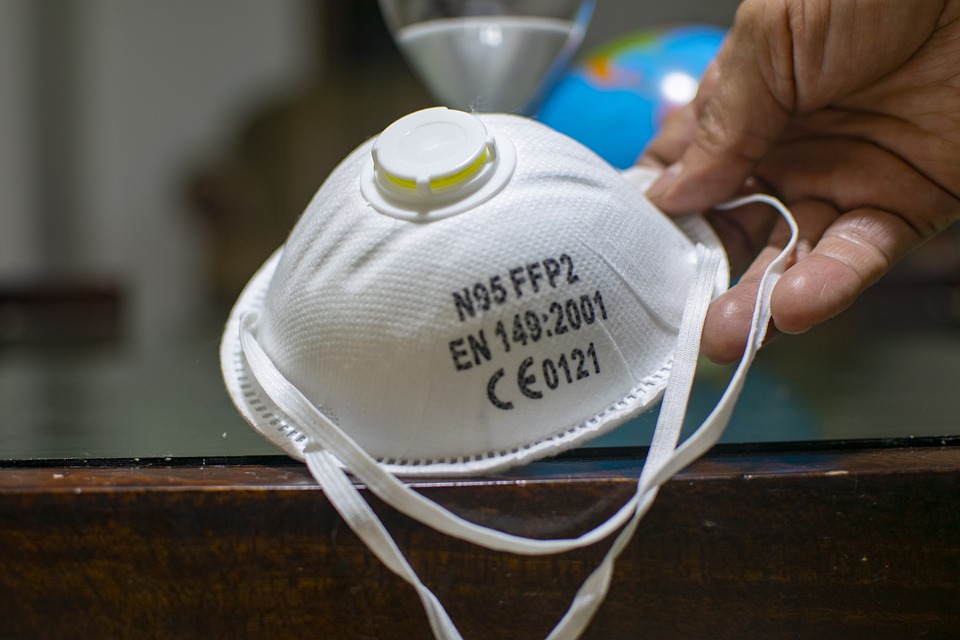
Is wearing an N95 mask limited to health workers who work at a distance of less than two metres and for more than 15 minutes with COVID-19 patients?
If some employers are to be believed, one would think so.
In fact, a lot of contradictory things are being said in the field about the N95 mask, and it is sometimes difficult to separate truth from falsehood. Some employers limit the use of the mask based on distance or length of time with the patient. Others bring up criteria such as an outbreak (controlled or not) or even the patient’s status (is the patient waiting for a transfer or not) to justify the use of an N95 mask.
But what is it really?
VériFIQation done:
The new instruction from the CNESST on this is nevertheless clear, unequivocal and leaves no room for interpretation:
The CNESST makes it mandatory to wear a type N95 respiratory protection device (RPE) (or higher) for all health workers who go into a hot zone, without time or distance limitations.
Remember that the law obliges institutions to respect the terms set out by the CNESST, and no time, distance or other limitation may be introduced by employers to limit access to the type N95 respiratory protection devices.
Moreover, the CNESST specifies that:
- A hot zone is defined as a group of users (two or more) with a confirmed laboratory diagnosis of COVID-19 on the same care unit or facility. An entire unit may be designated as a hot zone.
- A private residence (RPA-RI-SAD), where several people live, becomes a hot zone as soon as one of its residents is a confirmed COVID-19 case.
A hot zone is therefore a simple notion. It refers to a work or care delivery area that includes two or more COVID-19 patients, or a private residence with several occupants and with at least one COVID-19 case.
This orientation of the CNESST represents an increase in prevention measures for healthcare professionals by the access, in a hot zone, to real protection against aerial transmission of SARS-CoV-2.
Based on the precautionary principle, the FIQ continues to demand that all the protection measures be made available when there is a patient in a warm zone with or suspected to have COVID-19.